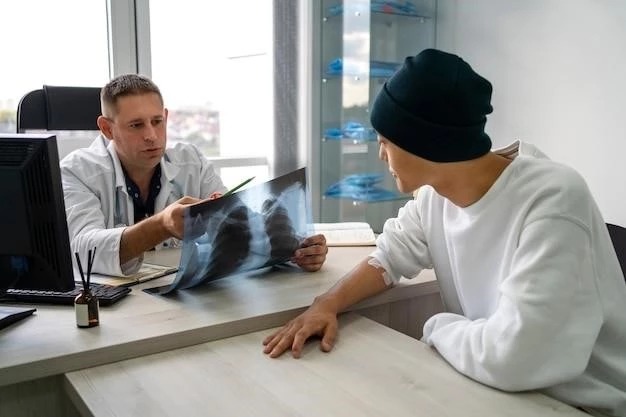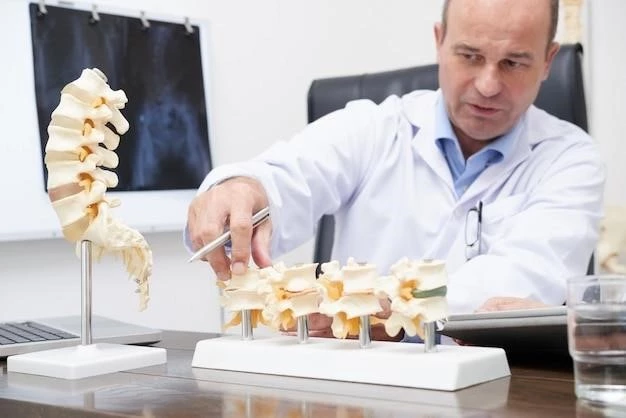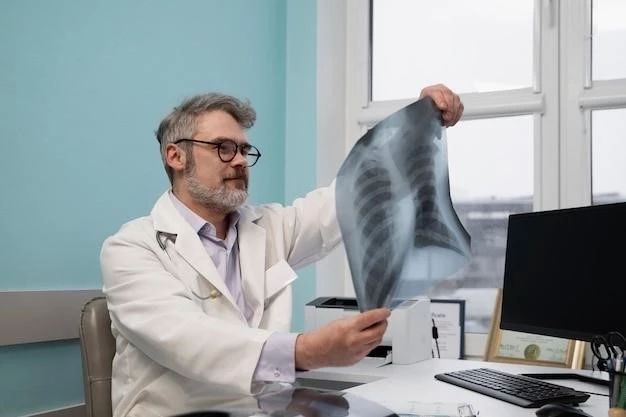Introduction to Ribbing Disease
Ribbing disease is a rare bone disorder that causes bony growths to develop on the long bones, such as the thigh bone and shin bone. It predominantly affects women and can lead to symptoms like pain and muscle weakness.
Description of Ribbing Disease
Ribbing disease is a rare bone disorder characterized by the development of bony growths on the long bones, particularly the thigh and shin bones. This condition mainly affects women and can result in symptoms such as pain, muscle weakness, and impaired exercise tolerance. The disease has been found to be associated with changes in heart function and arrhythmias in some patients. Ribbing disease is distinguishable from other bone disorders like Camurati-Engelmann disease based on its unique features and primarily affecting the diaphyses of tubular bones. Research continues to explore the etiology and optimal treatment approaches for Ribbing disease.

Symptoms and Diagnosis
Ribbing disease typically presents with symptoms such as pain, muscle weakness, and impaired exercise tolerance. Diagnosis involves imaging studies to identify bony growths on long bones, especially the thigh and shin bones.
Common Symptoms of Ribbing Disease
Ribbing disease commonly presents with symptoms like localized pain, muscle weakness, and compromised exercise tolerance. It may also be associated with changes in heart function and an increased risk of arrhythmias. Women are primarily affected by this rare bone disorder, which leads to the development of bony growths on the long bones, particularly the thigh and shin bones.
Methods of Diagnosing Ribbing Disease
Diagnosing Ribbing disease involves imaging studies such as X-rays, CT scans, and MRIs to identify the presence of bony growths on the long bones, particularly the thigh and shin bones. Additionally, clinical evaluation of symptoms like pain, muscle weakness, and impaired exercise tolerance aids in confirming the diagnosis of Ribbing disease.

Treatment and Management
Current treatment options for Ribbing disease focus on managing symptoms such as pain and muscle weakness. Strategies include pain relief medications, physical therapy to improve muscle strength, and regular monitoring to address any changes in bone growth. Collaborating with a healthcare team can help in effective management of Ribbing disease.
Current Treatment Options for Ribbing Disease
The management of Ribbing disease primarily focuses on alleviating symptoms such as pain and muscle weakness. Treatment options may include pain relief medications to improve quality of life and physical therapy to enhance muscle strength and flexibility. Regular monitoring by healthcare professionals is crucial for addressing any changes in bone growth and symptom progression in individuals affected by Ribbing disease.
Strategies for Managing Ribbing Disease
Managing Ribbing disease involves a multidisciplinary approach focusing on alleviating symptoms like pain and muscle weakness. Current strategies include pain relief medications, physical therapy to enhance muscle strength, and regular monitoring to address changes in bone growth. Collaborating with healthcare professionals is essential for effective management of Ribbing disease and improving the quality of life for affected individuals.
Comparison with Similar Conditions
Distinguishing Ribbing disease from Camurati-Engelmann disease is essential due to their distinct characteristics. While Ribbing disease manifests with bony growths on long bones causing pain and weakness, Camurati-Engelmann disease is characterized by different skeletal abnormalities and facial features.
Distinguishing Ribbing Disease from Camurati-Engelmann Disease
Ribbing Disease and Camurati-Engelmann Disease have distinct characteristics. Ribbing Disease primarily affects long bones, causing pain and muscle weakness, while Camurati-Engelmann Disease is characterized by skeletal abnormalities, facial features, and muscle weakness. Differential diagnosis is crucial due to the unique manifestations of each condition.
Understanding the Unique Features of Ribbing Disease
Ribbing Disease is a rare condition characterized by bony growths primarily affecting the long bones, such as the thigh and shin bones. It is a nonhereditary sclerosing dysplasia that typically spares the epiphyses and is more prevalent in women. The unique features include bony growth development on the long tubular bones, particularly the tibia and femur. Further research is ongoing to explore the etiology and manifestations of Ribbing Disease.
Research and Advancements
The latest research findings on Ribbing disease explore its unique features and potential treatment advancements. Ongoing studies aim to deepen our understanding of this rare bone disorder and improve therapeutic approaches for individuals affected by Ribbing disease.
Latest Research Findings on Ribbing Disease
Recent research on Ribbing disease focuses on understanding its pathology, clinical presentation, and impact on affected individuals. Studies aim to elucidate the unique features of this rare bone disorder and explore potential advancements in diagnostic approaches and treatment modalities. Ongoing investigations seek to improve the management and outcomes for individuals with Ribbing disease.
Potential Advancements in Ribbing Disease Treatment
Ongoing research in Ribbing disease aims to uncover novel treatment modalities and enhance therapeutic outcomes for affected individuals. By exploring new approaches and technologies, researchers seek to advance the management of this rare bone disorder and improve the quality of life for patients diagnosed with Ribbing disease.
